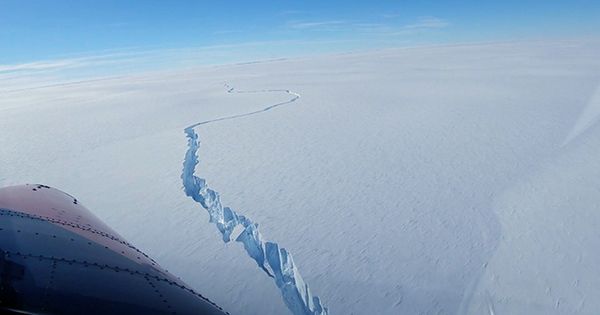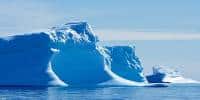Glaciologists have long feared that some Antarctic glaciers have “tipping points” outside of which it would be almost impossible to reverse their collapse.
Evidence in specific cases has hardened, but now a team says they have confirmed the Pine Island Glacier, one of the biggest threats to global sea levels, and we are moving frighteningly close. Tipping points probably represent the biggest source of uncertainty in climate research. Until one reached, a system can move to one side as global temperatures warm up, but the opposite can be expected if we cool down. In some cases, however, once a threshold is crossed, even a substantial decrease in temperature may not restore the previous situation.
For some of the larger parts of the climate puzzle, we know that there are tipping points here, although we are generally less sure how close we are to overcoming them. For others, it is unclear whether these thresholds exist at all. Until now, the Pine Island Glacier in West Antarctica was one of the latter, but Dr. Sebastian Rosier of the University of Northumbria claims that this question has been resolved.
Indeed, Rosier argument in the Cyrosphere is that this mighty river of ice has three tipping points, but this is the last thing that matters. Whether there are any tipping points in the glacier depends on the size of the region in which it sits. By definition, the challenge is to determine if the underlying rock buried beneath a large amount of ice. Even once the transformations known, scientists need to model what will happen as the ice retreats, releasing new elements into seawater, causing fresh melting and creating a vicious circle.
Rosier said in a statement, “Simulations of various computers around the world are trying to prove how the changing climate can affect the West Antarctic ice sheet, but in these models the retreat is a matter of time to determine whether there is a final issue.”
“However, this is an important question and the methodology we use in this new study has made it easier to identify potential future tipping points.” Once passed, the first two tipping points, the papers report, will melt the middle regions of the glacier despite the temperature rise stopping. Third, however, “The whole of this glacier is moving backward, which could start the fall of the West Antarctic ice sheet.”














